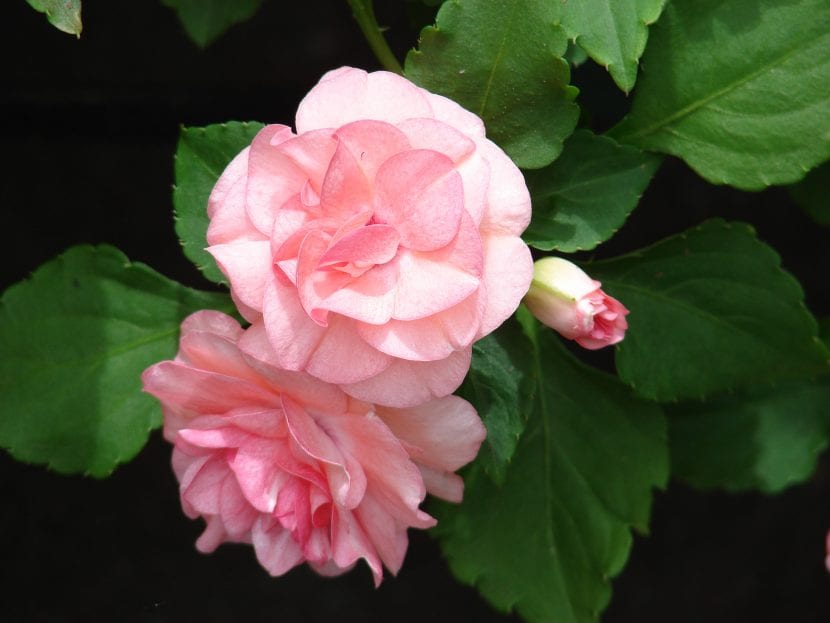
La Impatiens walleriana It is one of the most cultivated flower plants, and it is not for less: it is the perfect size so that it can be in a pot throughout its life, and it also produces very decorative flowers.
Its maintenance is simple, since in fact it does not take much to enjoy it. So whether you do not have much experience with plants or if you are looking for one that does not give you problems, then I'll tell you everything about her.
Origin and characteristics
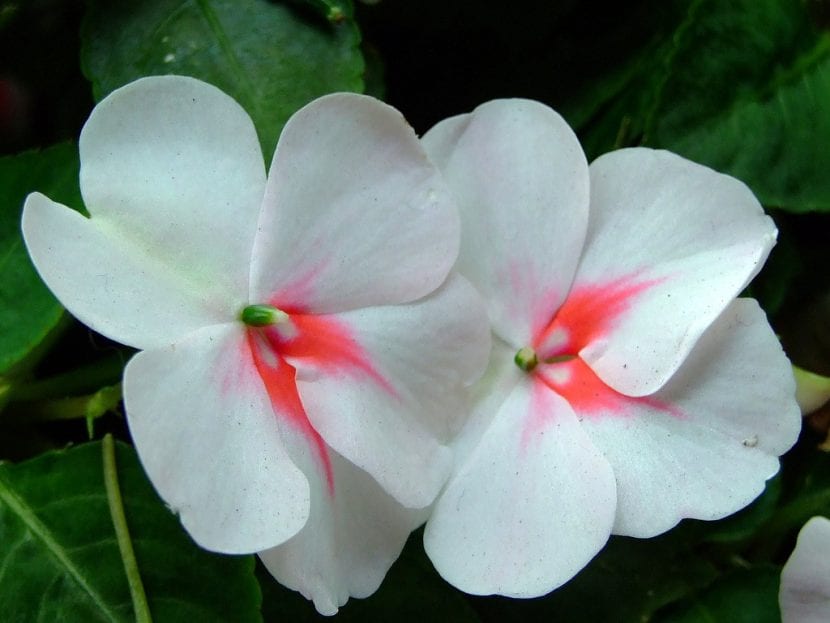
Our protagonist it is a perennial herbaceous plant whose scientific name is Impatiens walleriana. It is popularly known as house joy, home joy, bear ears, balsamina or miramelindo, and is native to East Africa, from Kenya to Mozambique.
It can reach a height of 15 to 60 centimeters, and has lanceolate leaves of 3 to 12cm by 2-5cm wide that are arranged in most cases alternately, although they may be opposite. The flowers are 2-5cm in diameter and generally have 5 petals of very different colors: white, orange, pink, red.
What are their cares?
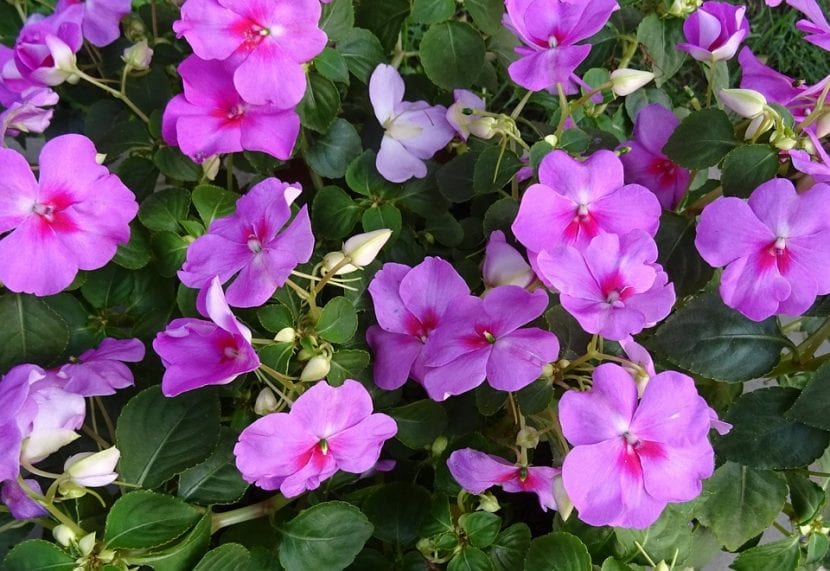
If you want to have a copy, we recommend that you provide it with the following care:
Location
- Interior: it has to be in a room where a lot of natural light enters, and where it is placed away from drafts (both cold and warm).
- Body exterior:: full sun. It can also be in semi-shade as long as it receives a minimum of 4 hours of direct light.
Earth
- Flower pot: universal growing substrate. It can be mixed with 30% perlite if you want to improve drainage, but it is not necessary unless you live in an area where it rains a lot and / or regularly.
- Garden: it is indifferent as long as it is fertile, and is not very compacted.
Irrigation
The frequency of watering will vary depending on the location, as well as the weather. Taking this into account, we recommend watering when:
- Interior: 2 times a week in summer and every 7-10 days the rest of the year.
- Body exterior:: 4-5 times a week in summer, and every 5-6 days the rest of the year.
Now, when in doubt, the best thing to do is to check the humidity of the substrate or soil. And for this you can insert a thin wooden stick to the bottom (or as far as you can); If when you remove it you see that a lot of substrate or soil has adhered to it, do not water as this indicates that the humidity is still high.
If you are going to have it in a pot, the most interesting thing however is to weigh it once watered and again after a few days. As the humid substrate / soil weighs more than the dry one, this difference can be very useful to know when to water.
Subscriber
From early spring to late summer (you can also in autumn if you live in an area with a warm or warm-temperate climate) it is necessary to pay the Impatiens walleriana with specific fertilizers for flowering plants. But so that it can grow very well, I advise using, for example, every other month - never mixed -, organic fertilizers such as guano, eggshells, wood ash, or others you can see here.
Multiplication
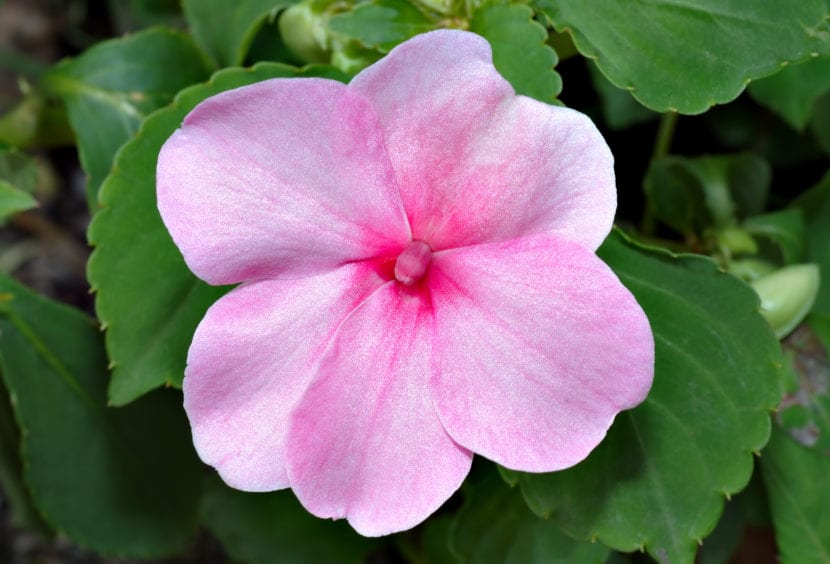
It multiplies by seeds and by cuttings in spring. Let's see how to proceed in each case:
Seeds
The step by step to follow is as follows:
- The first thing to do is fill a pot of about 10,5cm in diameter with universal growing substrate.
- Afterwards, it is watered consciously.
- Then a maximum of 2-3 seeds are placed on the surface of the substrate.
- They are then covered with a thin layer of substrate so that they are not directly exposed to the sun.
- Finally, the pot is placed outside, in full sun.
So the seeds they will germinate in 2-3 weeks.
Cuttings
The step by step to follow is as follows:
- First you have to cut a stem that does not have flowers and that is growing healthy.
- Afterwards, the base is impregnated with liquid rooting hormones or with homemade rooting agents.
- Then, a 10,5cm diameter pot is filled with previously moistened vermiculite.
- Next, a hole is made in the center of the pot and the cutting is placed.
- Finally, it is finished filling if necessary, with more vermiculite, and the pot is placed in semi-shade.
Cutting will emit its own roots in 2-3 weeks.
Pruning
You don't need it, but it is advisable to remove diseased, dry or weak stemsas well as withered flowers.
Pests
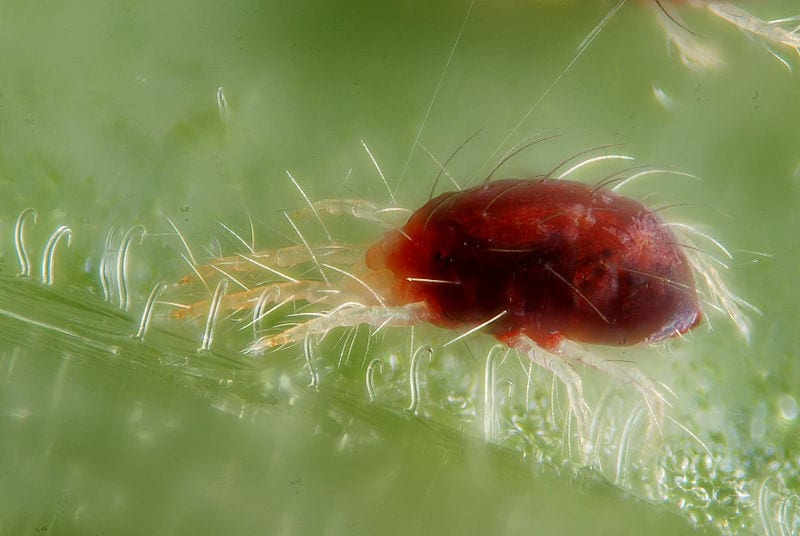
La Impatiens walleriana it is very vulnerable to insects that cause pests:
- Red spider: it is a red mite that sucks the sap from the leaves, causing discolored spots to appear. It is easy to identify it as it spins cobwebs. It is fought with acaricide.
- White fly: It is an insect with wings of about 0cm of white color that also feeds on the sap of the leaves. You can control it with sticky yellow traps.
- Aphids: they are parasites of about 0cm of yellow, green or brown color that feed on the sap of the leaves and flowers. They are also controlled with yellow traps.
- Trips: They are parasites similar to earwigs but much smaller sucking sap. They are also controlled with yellow traps.
Management
There are several that you can have:
- bacteriosis: it is a bacterial disease caused by Pseudomonas. The only possible treatment is the destruction of the plant and the disinfection of the soil.
- Mushrooms: like Pythium or Rhizoctonia. Roots and leaves rot. There is no cure.
- Circular spots: They are caused by fungi such as Cercospora, Septoria or Phyllosticta. The affected leaves must be removed and burned, and the plant must be treated with zineb.
To avoid them, the best thing to do is never wet the leaves or flowers when watering, and control the watering.
Rusticity
It does not resist frost.
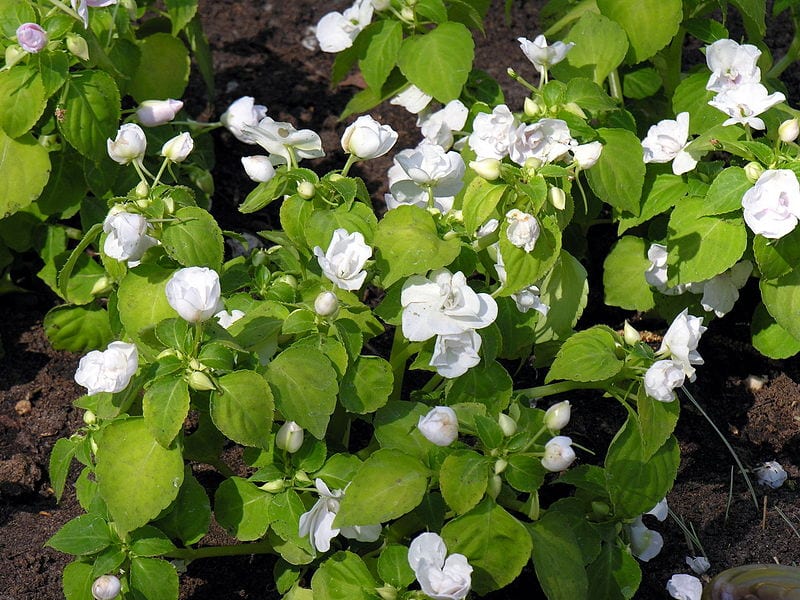
What did you think of Impatiens walleriana?
Hi there! I have a problem with the joys of the home, I did almost everything that the article describes and even so they grow green, they have buds but none have flowers, they are in a window that gets a lot of light and sun, I water them from time to time, maybe At first I get the leaves too wet, or maybe it needs more sun, and I can't find a way for it to flower.
Hi Jazmin.
Have you ever paid them?
It occurs to me that they either lack some light, or compost.
A greeting.
Hello Monica. Greetings from Colombia! Here the common name of the Impatiens W is «Kisses»! And it is quite popular. I transplanted mine 1 week ago and out of ignorance I mistreated the root a lot !! She is very sad and her flowers are born weak and withered. Although today I saw a slight improvement! Will he die ??? It is on my balcony in the semi-shade, but the storm season has started (tropical country!) So sometimes it gets wet and the wind hits it. Suggestions? Thanks for everything
Hi Juan Pablo.
It's time to wait 🙂
You can water it with homemade rooting agents so that it has more roots and therefore more strength.
A greeting.
Hello, super grateful for this post. Yesterday I bought a "Coqueta" as they are called here in Venezuela, and it happens that the lady who sold it to me told me that it was very delicate and that I should not pour too much water on it. So I did not kick him out, but it happens that this afternoon he is down. I have it in shade, tomorrow I have to place it in the morning sun = (
But I worried about it. Again thank you very much.
Hi Yonas.
Put it in a lighted area, but not in direct sunlight as it could burn.
Greetings and thanks for your comment 🙂